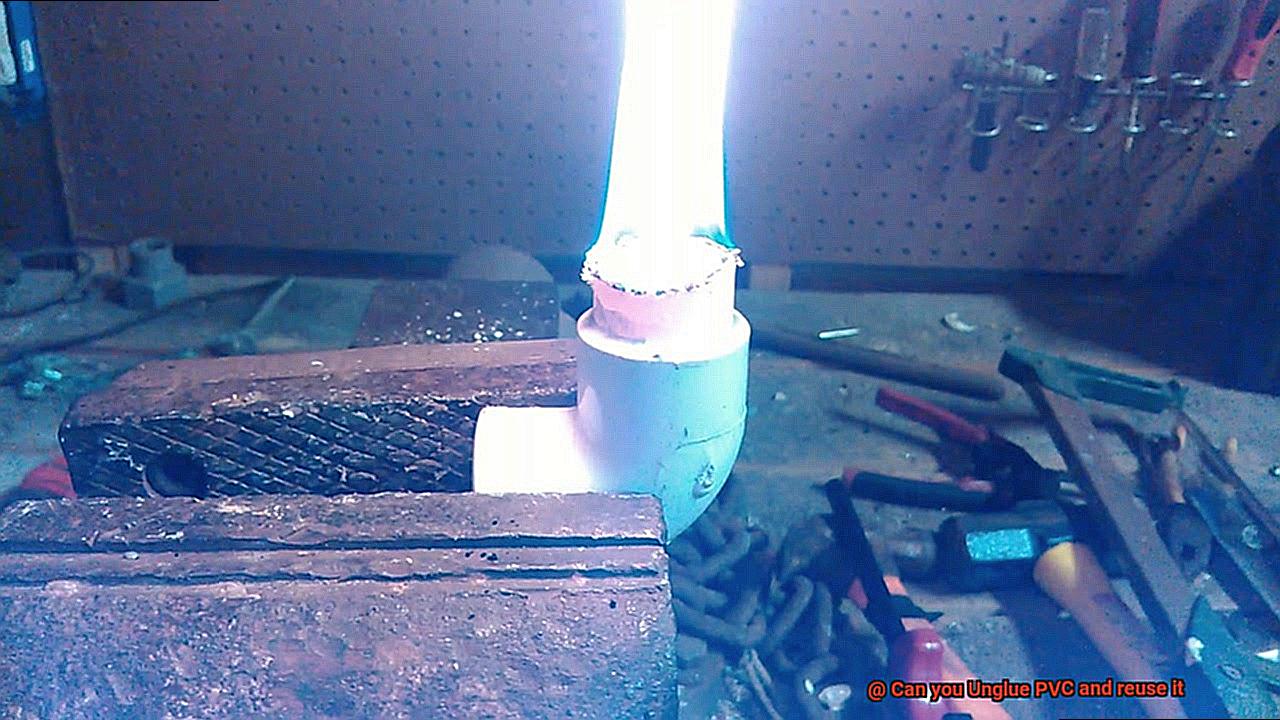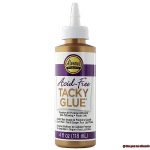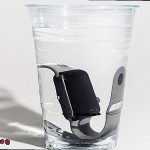Ever wondered about the magical glue that holds your favorite novels and journals together? Well, get ready to dive headfirst into the captivating world of book binding glues. Whether you’re a passionate bookbinder or just trying to fix up a worn-out favorite, choosing the right adhesive is absolutely crucial.
Let’s face it – there are countless glue options out there, each with its own set of perks and pitfalls. From old-school hide glue made from animals to modern synthetic marvels like PVA glue, the choices can be overwhelming. And trust me, these adhesives have personalities of their own – some dry faster than lightning while others offer unbeatable flexibility and durability.
Now, before you go reaching for any old glue in your craft drawer, consider the nature of your project. If you’re restoring a rare antique book that deserves all the TLC in the world, hide glue might be your best bet. It’s known for its reversibility and compatibility with older bindings – perfect for preserving history. On the flip side, if you’re just looking to patch up your everyday paperback companion, PVA glue is a superstar choice. It dries quickly and forms an unbreakable bond – no more loose pages.
But hold on tight because not all glues are created equal when it comes to book binding. Sure, super glue might work wonders on fixing your shattered coffee mug (we’ve all been there), but it’s definitely not suited for your beloved books. Using the wrong adhesive could spell disaster – think yellowing pages or even worse, pages falling out left and right.
So how do you find “the one” for your project? Start by considering what your book needs – paper type, cover material, and desired flexibility are key factors. Then do some good ol’ fashioned research on different glues available out there. Seek recommendations from experts or experienced bookbinders who have mastered the art. Remember, it’s absolutely vital to use an adhesive specifically designed for book binding if you want your masterpiece to stand the test of time.
In our upcoming blog posts, we’ll uncover the secret powers and potential pitfalls of different book binding glues. We’ll share tips on how to apply them like a pro and even troubleshoot common issues that might arise. So grab your trusty bookmark and get ready for a thrilling journey into the captivating world of book binding glues.
What is Book Binding?
Contents
- 1 What is Book Binding?
- 2 Types of Glue Used for Book Binding
- 2.1 PVA Glue – The Versatile Hero:
- 2.2 However, PVA glue does have its limitations. It may not be suitable for heavy or thick books as it may not provide enough strength to withstand the weight or pressure. Additionally, PVA glue may not be the best choice for projects that require heat resistance.
- 2.3 Hot Melt Glue – The Mighty Warrior:
- 2.4 When it comes to thicker or heavier books, hot melt glue is your mighty warrior. This thermoplastic adhesive is applied in liquid form and quickly hardens as it cools down, creating a powerful bond. Its strength makes it ideal for binding those hefty tomes that need extra support. Hot melt glue also offers excellent adhesion to a wide range of materials, including paper, fabric, and leather.
- 2.5 EVA Glue – The Heat Resistant Champion:
- 3 Advantages of Using PVA Glue for Book Binding
- 4 Advantages of Using Hot Melt Glue for Book Binding
- 5 Advantages of Using EVA Glue for Book Binding
- 6 Types of Glue to Avoid When Book Binding
- 7 The pH Level of the Glue Matters
- 8 Application Methods for Different Types of Glues
- 9 Conclusion
The answer lies in the intricate art of book binding. Book binding is a fascinating process that involves securing loose pages or sheets together to create a book. In this blog post, we will explore the world of book binding, paying special attention to the crucial role of glue in holding it all together.
Types of Book Binding:
- Hardcover Binding: Attach a rigid cover to the book using glue or adhesive. This cover, typically made of thick cardboard or chipboard, provides strength and durability.
- Softcover Binding: Utilize a flexible cover made of paper or cardstock. Commonly seen in paperback books and magazines, this binding offers flexibility while still protecting the pages.
- Spiral Binding: Use a spiral wire or plastic coil to hold the pages together. This type of binding allows the book to lay flat when opened, making it ideal for notebooks and diaries.
- Saddle Stitching: Fold multiple sheets in half and staple them along the crease. This technique is commonly used for brochures, catalogs, and small booklets.
- Perfect Binding: Glue the pages together along the spine using a strong adhesive. Then attach the cover for a neat finish. Perfect binding is often used in paperback books.
The Glue that Binds:
Choosing the right glue is crucial for successful book binding. Here are some commonly used glues:
- PVA (Polyvinyl Acetate) Glue: A popular choice due to its strength, flexibility, and acid-free properties. PVA glue dries clear and does not deteriorate paper over time.
- Hot Melt Glue: Applied in liquid form and quickly hardens as it cools, providing a strong bond suitable for thicker or heavier books.
- EVA (Ethylene-Vinyl Acetate) Glue: Similar to PVA glue, EVA glue has a higher melting point and is more resistant to heat. Often used with hot glue guns for binding.
Importance of pH Level:
Using acid-free or pH-neutral glues is essential for preserving the book’s integrity. Acidic glues can degrade the paper over time, causing yellowing or brittleness.
Application Method:
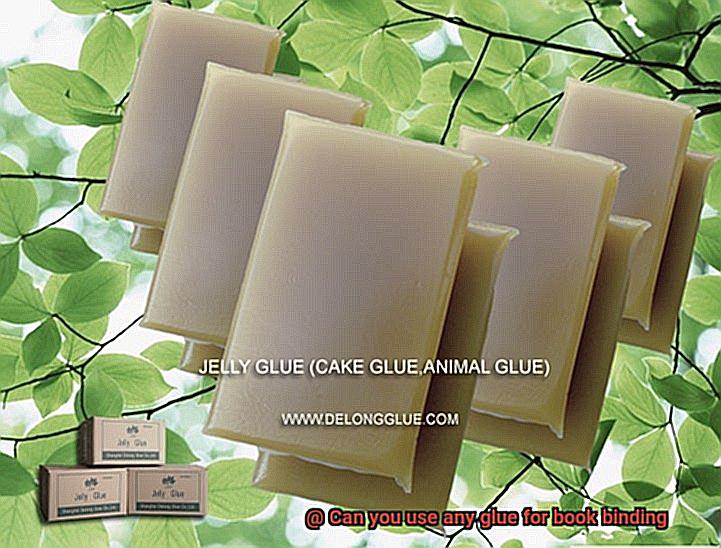
Different glues require different application methods. Some need heat activation or pressure for a strong bond, while others can be applied directly onto the pages. Always follow the manufacturer’s instructions for best results.
Types of Glue Used for Book Binding
It’s none other than glue. In this article, we will delve into the fascinating world of book binding glues. From the versatile hero, PVA glue, to the mighty warrior, hot melt glue, and the ancient guardians, animal-based glues, we will explore the different types of glues used for book binding. So, get ready to unravel the magic behind these glues and discover their unique advantages and disadvantages.
PVA Glue – The Versatile Hero:
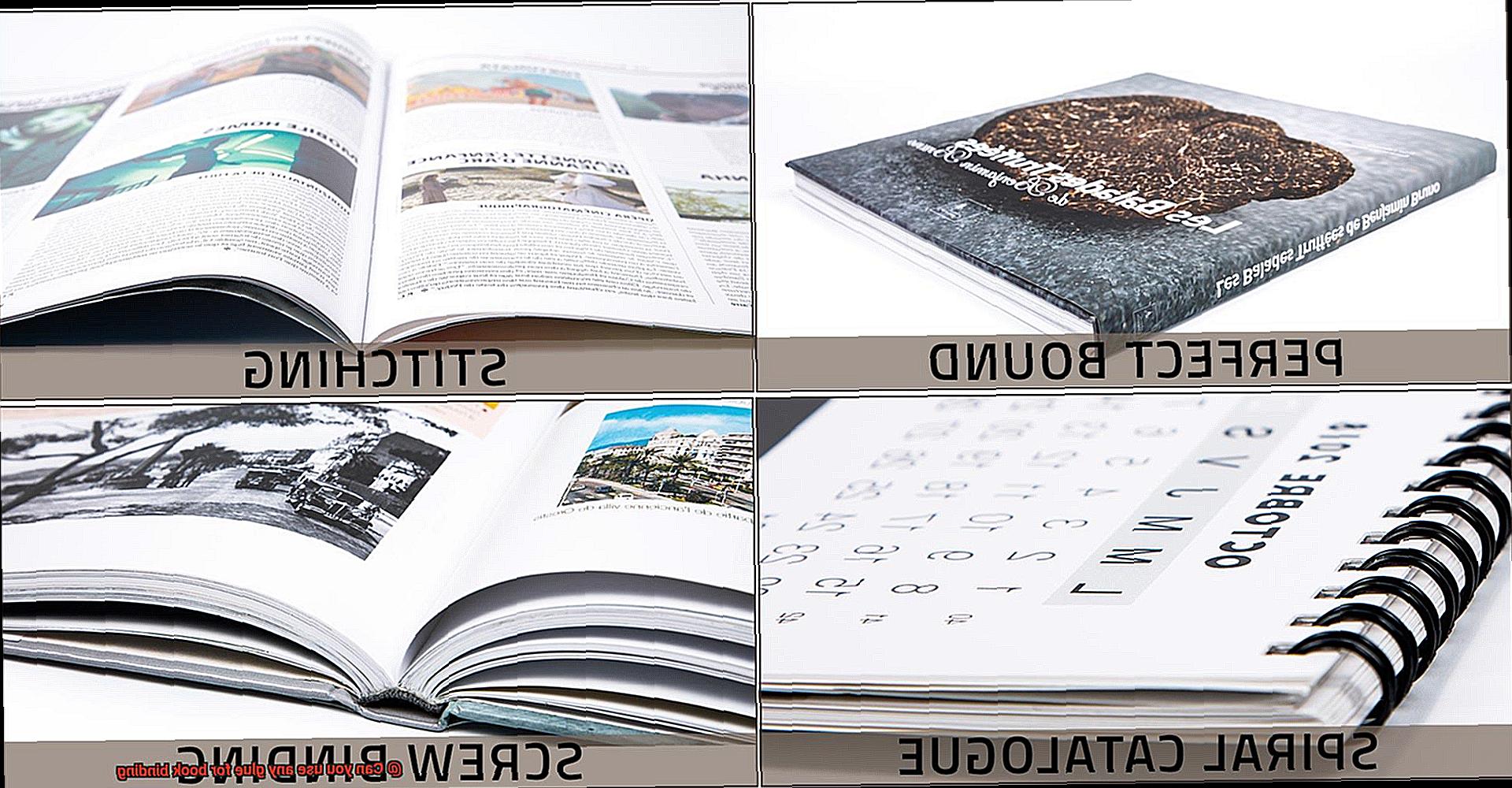
PVA (polyvinyl acetate) glue is the unsung hero of book binding. It’s like a chameleon that can adapt to any situation. This water-based adhesive is affordable, easy to use, and dries clear, making it perfect for binding various types of paper and materials together. Its acid-free nature ensures that it won’t harm the precious pages of your books. PVA glue is readily available in craft stores and is a popular choice for general book binding purposes.
However, PVA glue does have its limitations. It may not be suitable for heavy or thick books as it may not provide enough strength to withstand the weight or pressure. Additionally, PVA glue may not be the best choice for projects that require heat resistance.
Hot Melt Glue – The Mighty Warrior:
When it comes to thicker or heavier books, hot melt glue is your mighty warrior. This thermoplastic adhesive is applied in liquid form and quickly hardens as it cools down, creating a powerful bond. Its strength makes it ideal for binding those hefty tomes that need extra support. Hot melt glue also offers excellent adhesion to a wide range of materials, including paper, fabric, and leather.
However, hot melt glue may not be suitable for all types of book binding projects. It can be difficult to reverse if needed, making it challenging for book repairs. Additionally, hot melt glue may not provide the flexibility needed for books that require frequent opening and closing.
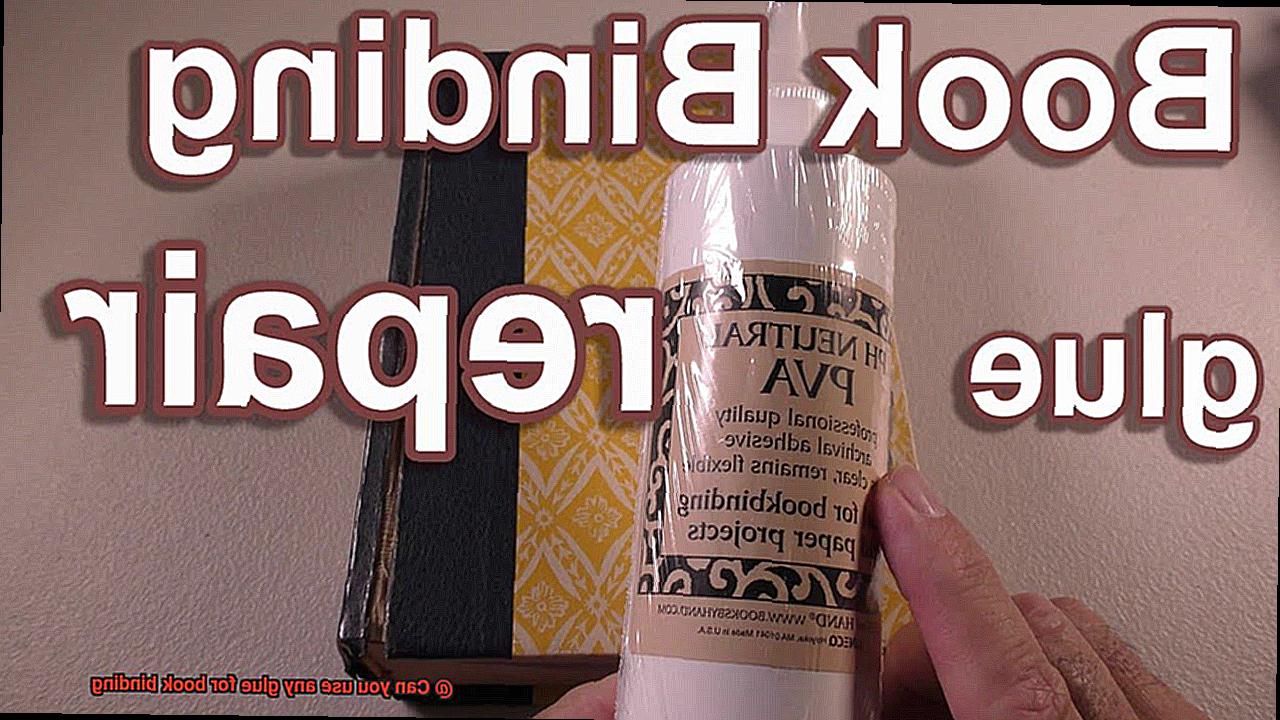
EVA Glue – The Heat Resistant Champion:
When it comes to hot binding methods, EVA (ethylene-vinyl acetate) glue takes center stage. This glue has a higher melting point than PVA glue, making it more resistant to heat. If you’re using a hot glue gun for your book binding adventures, EVA glue is the one for you. It offers excellent adhesion and durability, ensuring that your bound books will withstand the test of time.
However, EVA glue may not be as readily available as PVA glue, and it may be more expensive. Its higher melting point also means that it requires higher temperatures to activate, which can be a challenge for some book binders.
Advantages of Using PVA Glue for Book Binding
PVA glue, also known as polyvinyl acetate glue, is a popular choice for book binding due to its many advantages. Let’s explore the key benefits of using PVA glue for book binding:
- Strong bond: PVA glue creates a durable and long-lasting bond between the pages and the cover of a book. This ensures that the pages do not come loose over time, making it ideal for books that will be frequently handled or opened and closed.
- Flexibility: Unlike other glues, PVA glue remains flexible even after it has dried. This flexibility allows the book to open and close smoothly without causing any damage to the binding. It also helps to prevent cracking or breaking of the glue over time, ensuring the longevity of the book.
- Ease of use: PVA glue has a smooth consistency, making it easy to spread evenly onto the spine of the book. It is also quick-drying, which means that the binding process can be completed efficiently without having to wait for an extended period for the glue to dry.
- Preservation properties: PVA glue is acid-free and pH neutral, making it perfect for preserving the quality of book pages. Acidic glues can cause yellowing or deterioration of the pages over time, but PVA glue ensures that the book remains in good condition for years to come.
- Affordability: Compared to some other types of glues or adhesives, PVA glue is relatively inexpensive. This makes it a cost-effective option for both professional bookbinders and DIY enthusiasts.
- Accessibility: PVA glue is easily accessible and widely available. It can be found in most craft stores or online retailers, making it convenient to purchase whenever needed.
- Versatility: PVA glue can be used for various book binding techniques, such as perfect binding, case binding, or even repairing damaged books. Its versatility makes it a go-to choice for bookbinding projects of different sizes and materials.
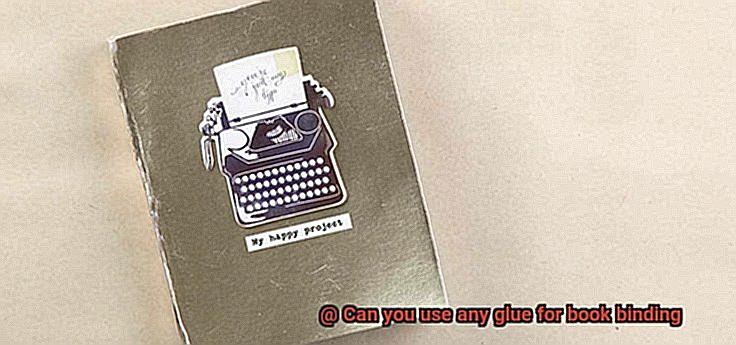
Advantages of Using Hot Melt Glue for Book Binding
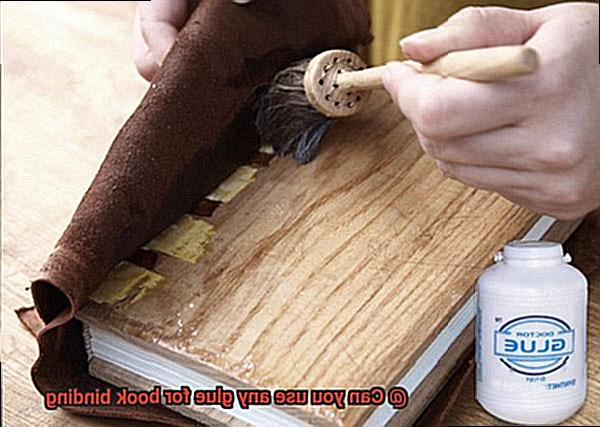
Bookbinding is an art that requires precision, durability, and a touch of magic. To achieve the perfect binding, one must choose the right adhesive – and hot melt glue is the superhero of bookbinding. With its incredible strength, quick setting time, versatility, ease of application, clean finish, and temperature resistance, hot melt glue is the ultimate choice for creating beautiful and durable books.
Advantage 1: Strong and Durable Bond
Hot melt glue possesses exceptional adhesive properties that create a bond so strong that pages will never come loose. This ensures that your book will withstand regular use and remain intact for a long time.
Advantage 2: Quick Setting Time
In today’s fast-paced world, efficiency is key. Hot melt glue sets quickly once applied, allowing for speedy book production. This reduces production time, lowers costs, and increases productivity.
Advantage 3: Versatility
Hot melt glue is a true chameleon when it comes to bookbinding as it can be used on various materials like paper, cardboard, fabric, and leather. Its ability to adhere well to these surfaces makes it suitable for different types of books such as hardcovers, softcovers, and specialty books like photo albums or scrapbooks.
Advantage 4: Ease of Application
No superhero wants to complicate things – hot melt glue simplifies the bookbinding process. It comes in solid form, easily melted with a hot glue gun or specialized machine. Applying the melted glue using a brush, roller, or nozzle becomes a breeze for both professionals and DIY enthusiasts.
Advantage 5: Clean and Professional Finish
Hot melt glue leaves no mess behind. Unlike liquid glues that may seep through pages or leave residue, hot melt glue dries quickly and offers a seamless bond. This ensures a clean and professional finish, adding value to your books.
Advantage 6: Temperature Resistance
Hot melt glue can withstand varying environmental conditions, making it suitable for books exposed to heat or cold. Its temperature resistance ensures the binding remains intact, preventing loose pages or brittle glue.
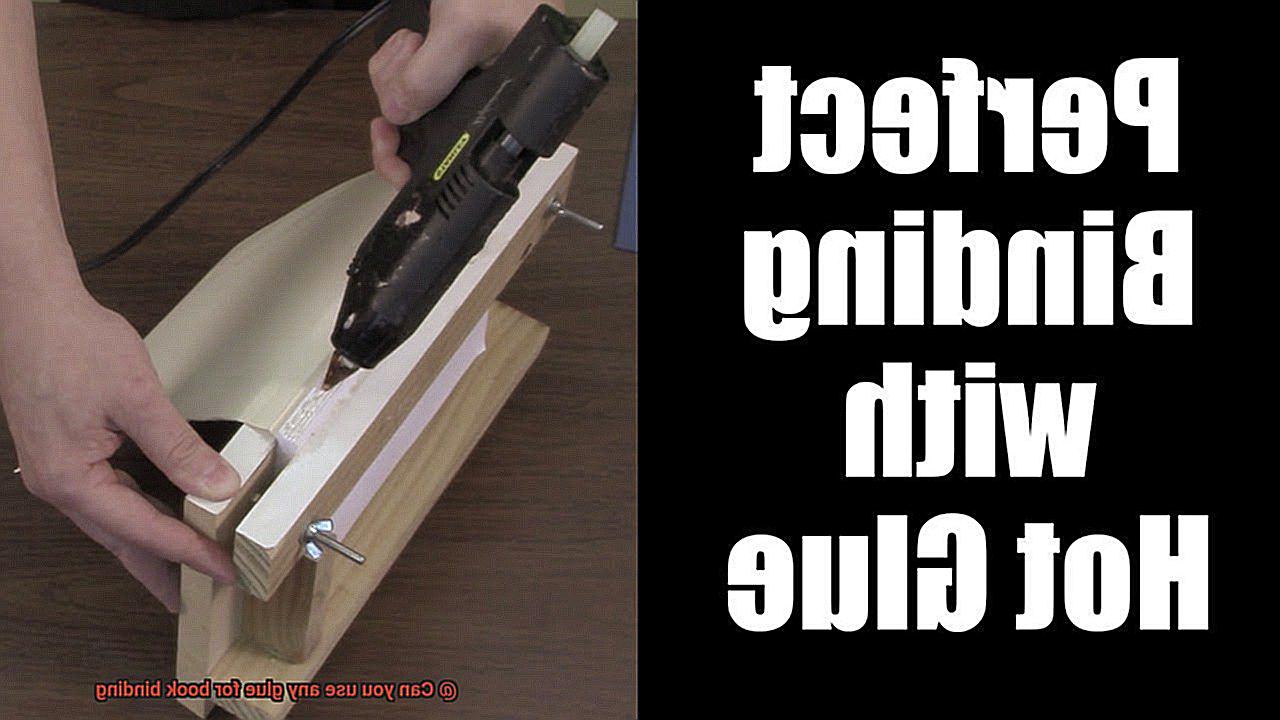
Advantages of Using EVA Glue for Book Binding
When it comes to bookbinding, using EVA glue offers a multitude of advantages. From versatility to durability, there are numerous reasons why EVA glue is the go-to adhesive for creating beautifully bound books.
First and foremost, let’s talk about versatility. EVA glue is like a chameleon, capable of bonding different types of materials together. Whether you’re working with paper, cardboard, fabric, or even leather, EVA glue has got you covered. Gone are the days of searching for different adhesives for different materials – EVA glue does it all.
Now let’s dive into the nitty-gritty of why EVA glue is fantastic for bookbinding. One word: strength. EVA glue creates a bond that can withstand the test of time. Say goodbye to loose pages or falling apart books. With EVA glue, your precious books will remain intact even with frequent use.
But it doesn’t stop there – EVA glue is also incredibly durable. Once it dries, it forms a flexible and resilient bond that can handle all the bending and stretching that comes with being a well-loved book. No more worrying about your books falling apart when you open them wide or stuff them in your bag.
And let’s not forget about speed. EVA glue has a quick drying time, which means you can bind multiple books in no time. Efficiency at its finest.
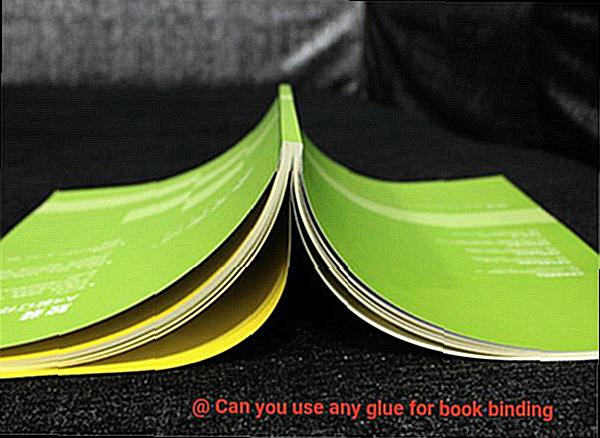
Now I know what you’re thinking – strong adhesives often come with a pungent smell. But fear not. EVA glue is virtually odorless, making it a pleasure to work with and saving you from inhaling any unpleasant fumes.
And the best part? EVA glue is readily available and affordable. You can find it in most craft stores or order it online without breaking the bank. So whether you’re a DIY enthusiast or a professional bookbinder, EVA glue is within reach.
But wait, there’s more. EVA glue offers good resistance to temperature changes and moisture. So even if your books end up in less-than-ideal conditions, they’ll stay stable and protected.
And if you ever need to make repairs, EVA glue has got you covered there too. Simply reattach loose or detached pages using the same adhesive without compromising the integrity of the book.
Types of Glue to Avoid When Book Binding
When it comes to book binding, selecting the right glue is paramount to ensure the strength and longevity of your bound book. While there are numerous options available, not all adhesives are suitable for this purpose. In this comprehensive guide, we will delve into the types of glue that should be avoided when book binding and the reasons behind their unsuitability.
Regular White Glue (PVA Glue):
Regular white glue, commonly known as PVA glue, finds application in various crafts and projects. However, it is ill-suited for book binding. Over time, PVA glue becomes brittle, leading to loose or dislodged pages. For a robust and enduring bond, it is advisable to opt for a specialized bookbinding adhesive.
Hot Glue:
Hot glue may appear as a quick and easy solution, but it is not appropriate for book binding. When hot glue dries, it hardens and lacks flexibility, impeding the book’s ability to open and close smoothly. Additionally, hot glue can melt under high temperatures, compromising the integrity of the binding.
Super Glue (Cyanoacrylate Adhesive):
Although super glue is renowned for its formidable adhesive strength, it is not an ideal choice for book binding. Super glue dries rapidly but tends to become brittle over time. Consequently, this can result in loose pages or even pages detaching from the binding. For a durable and long-lasting book, it is recommended to use an adhesive specifically formulated for bookbinding purposes.
Rubber Cement:
While rubber cement may seem appealing due to its repositionable nature, it is not suitable for book binding projects. Over time, rubber cement dries out and becomes brittle, weakening the binding. Moreover, inhalation of rubber cement fumes in large quantities can be hazardous.
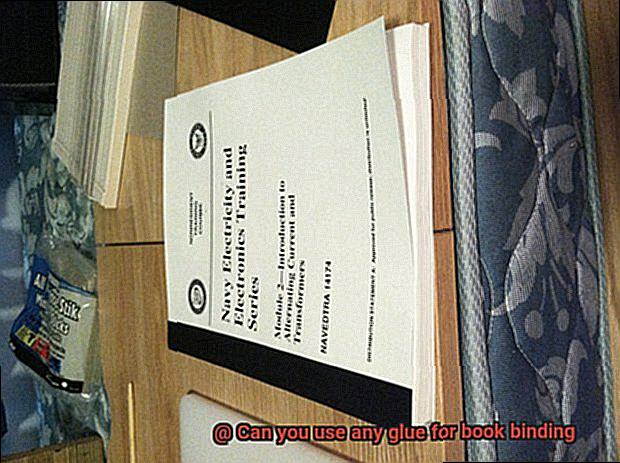
Spray Adhesive:
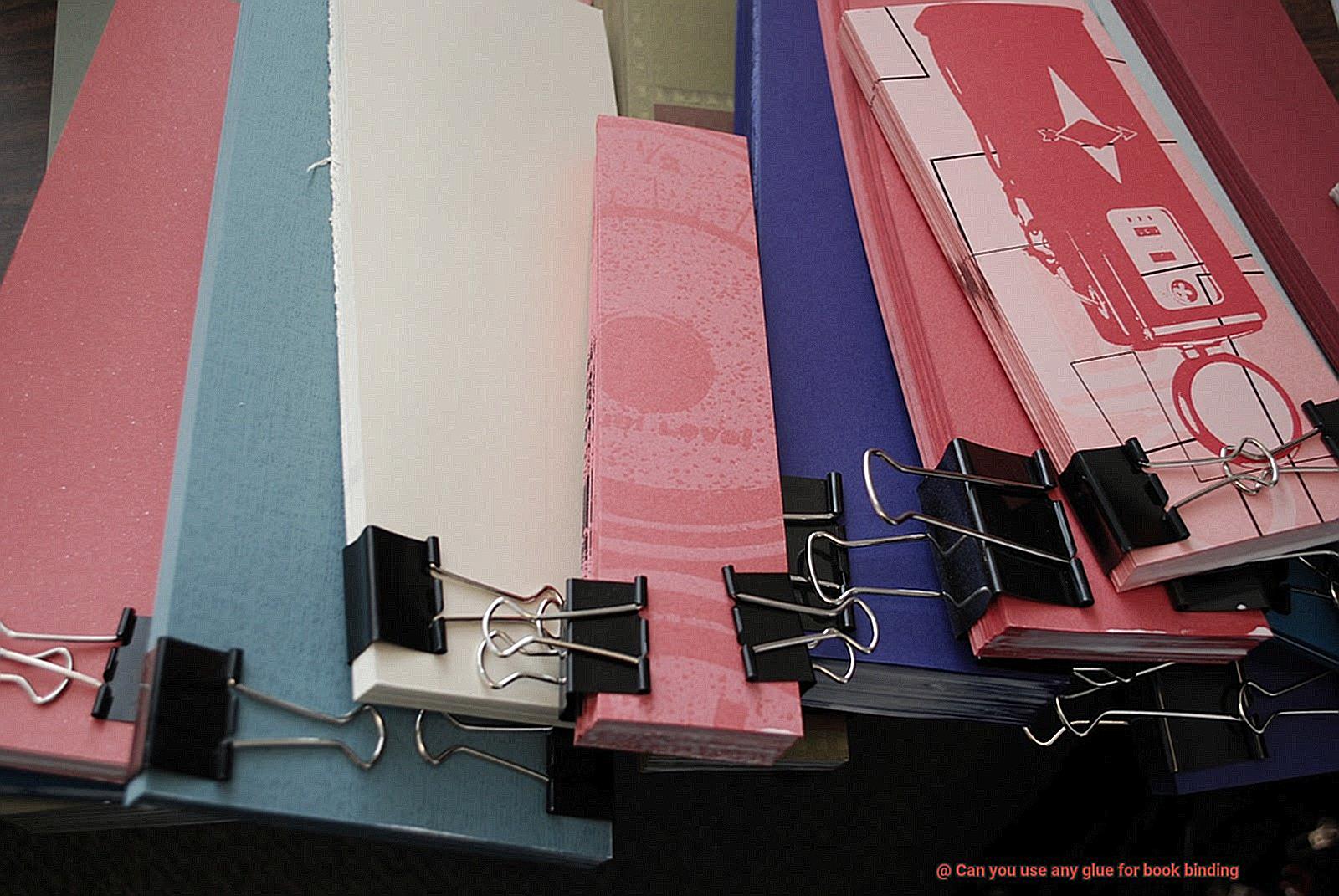
Spray adhesive may offer convenience, but it should be avoided when book binding. The application process can be messy, leading to uneven distribution of the glue. Consequently, this can cause pages to become loose or fall out over time. For a clean and secure binding, it is advisable to choose a more precise adhesive application method.
The pH Level of the Glue Matters
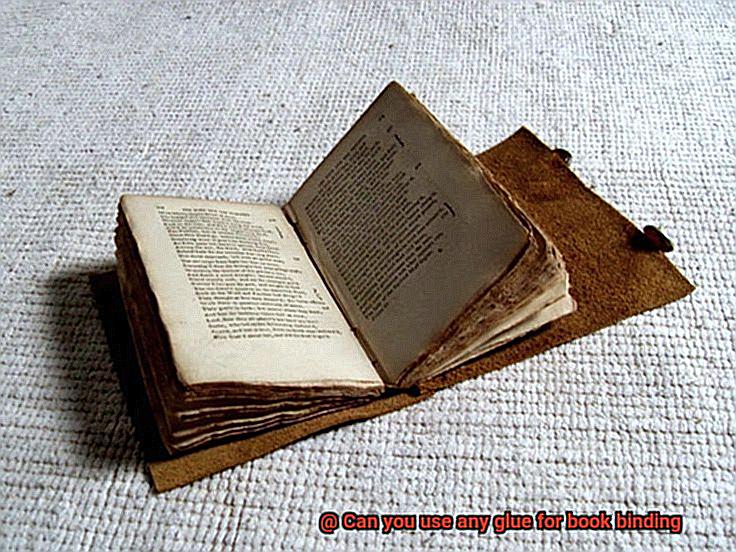
In the art of bookbinding, selecting the right glue is a critical decision that directly impacts the longevity and preservation of a book. Among the myriad factors to consider, the pH level of the glue stands out as a key player. In this article, we will delve into why the pH level matters and how it significantly affects the overall quality and longevity of a bound book.
Understanding the pH Scale:
Before we plunge into the importance of pH in glue selection, let us first grasp the concept of the pH scale. This scale measures the acidity or alkalinity of a substance, ranging from 0 to 1A neutral pH is 7, anything below that is considered acidic, and anything above is deemed alkaline.
The Dangers of Acidic Glues:
Acidic glues pose a serious threat to the preservation of books. Over time, these glues can lead to paper degradation, resulting in yellowing, brittleness, and even disintegration of pages. Furthermore, these acidic compounds can harm other materials used in bookbinding, such as thread or fabric. Consequently, using acidic glues compromises both the structural integrity and aesthetic appeal of a book.
The Benefits of Alkaline Glues:
On the other hand, alkaline glues offer stability and safeguard books against damage. With their higher pH levels, they provide better protection for paper and other binding materials. Aptly named acid-free or pH-neutral glues due to their balanced pH levels, these glues are ideal for preserving books in their original condition.
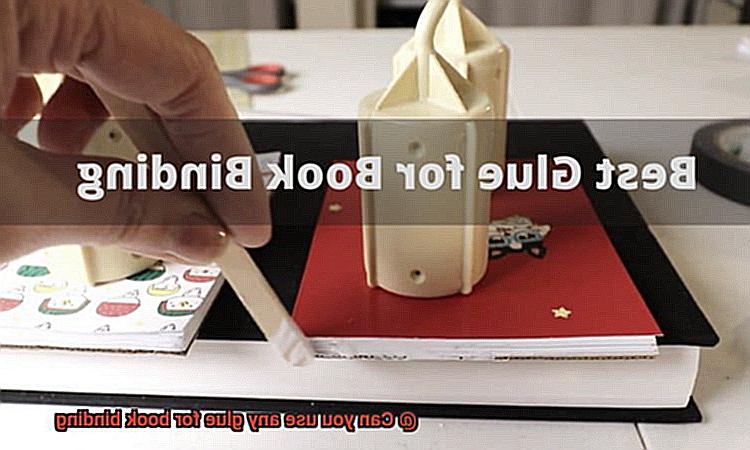
Choosing the Right Glue:
When selecting glue for bookbinding purposes, it is vital to opt for a glue with a pH level of at least 7 or higher. This ensures that your chosen glue will not contribute to the deterioration of your treasured books over time. Fortunately, numerous commercial glues specifically designed for bookbinding are available with pH-neutral or acid-free formulations, guaranteeing optimal preservation.
Preservation for the Future:
It is essential to note that using an unsuitable glue with a low pH level not only damages the book but also jeopardizes its long-term preservation. For valuable and archival books, such as rare manuscripts, it is imperative to use acid-free or pH-neutral glues to safeguard their integrity and ensure they can be cherished for generations to come.
Testing the pH Level:
To ascertain that you are using the right glue, you can test its pH level using pH testing strips or a pH meter. This simple step can provide peace of mind, ensuring that your chosen glue is suitable for preserving your books for years to come.
Application Methods for Different Types of Glues
In this article, we will unlock the secrets of glue and its role in binding books. Join us on a captivating journey as we explore the application methods for various types of glues used in bookbinding. Let’s dive in and discover the magic.
Polyvinyl Acetate (PVA) Glue: The Versatile Hero
Imagine a flexible, clear liquid adhesive – that’s PVA glue, our versatile hero. Known for its strong bond, it is perfect for binding paperback books or repairing loose pages. To apply PVA glue, use a brush or roller to spread an even layer on the book’s spine, ensuring every page is covered. Then, clamp the book tightly to secure the bond. Voila. Your book is now ready for countless page-turning adventures.
Hot Melt Adhesive: The Super Speedy Sidekick
Hot melt adhesive is here to save the day. This thermoplastic adhesive melts under heat and quickly solidifies, providing a fast and strong bond. Ideal for hardcover books or creating decorative elements on book covers. Grab your trusty glue gun and heat it up according to the instructions. Apply the melted glue directly to the spine, working swiftly before it sets. Remember, speed is key – don’t get stuck in a sticky situation.
Animal-based Glues: Timeless Tradition

Let’s travel back in time to the era of knights and castles when animal-based glues reigned supreme in bookbinding. Made from collagen extracted from animal tissues, these glues have withstood the test of time. Picture yourself skillfully melting solid hide glue, then applying it with a brush or spatula onto the spine. With practice, you’ll become a master of this ancient art.
Epoxy Glue: The Mighty Protector
With its durable bond, it’s the go-to adhesive for thick or heavy books. But beware, it comes in two components: resin and hardener. Thoroughly mix them, then apply the magic potion to the spine using a brush or spatula. During the curing process, clamp the book tightly for an unbreakable bond.
Spine Preparation and Glue Application Techniques
Before applying any glue, prepare the book’s spine by roughening or scoring it with a bone folder or specialized tool. This creates more surface area for bonding. When it’s time to apply the glue, do so evenly and in the right amount. Avoid sticky situations by not using too much or too little glue. Remember, practice makes perfect.
cvCQv0cHBWY” >
Conclusion
Using any glue for book binding is not recommended.
It is important to use the right type of glue specifically designed for book binding. The choice of glue can greatly impact the durability and longevity of the bound book.
Additionally, using the wrong glue can lead to pages falling out or becoming damaged, compromising the overall integrity of the book.

